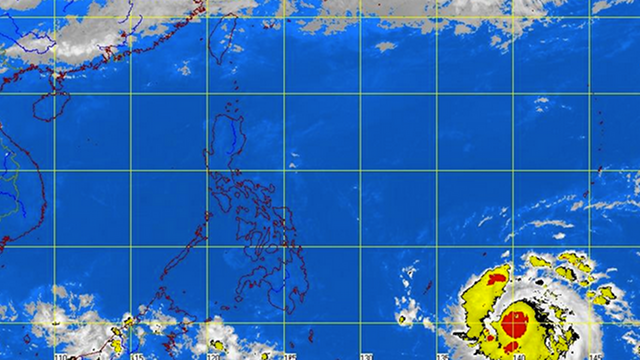SUMMARY
This is AI generated summarization, which may have errors. For context, always refer to the full article.

MANILA, Philippines – A stronger storm need not be deadlier.
Weather forecasters see the incoming Typhoon Pablo (international name: Bopha) as stronger than Tropical Storm Sendong (Washi), which killed over 1,470, injured over 2,000, and affected over a million Filipinos in December 2011.
Even while it is over 1,000 kilometers away from the Philippines, Pablo already packs maximum sustained winds of 165 kilometers per hour (kph), according to the 5 pm bulletin of the Philippine Atmospheric, Geophysical, and Astronomical Services Administration (PAGASA). Sendong, on the other hand, registered maximum winds of 100 kph.
In a phone interview with Rappler, National Disaster Risk Reduction and Management Council (NDRRMC) executive director Benito Ramos said the Philippines has more time to prepare for Pablo than it had for Sendong. “Enough time for the government to prepare, national and local,” Ramos said in Filipino.
In 2011, Rappler reported that PAGASA released its first severe weather bulletin for Sendong only on December 15, after the storm entered the Philippines. Foreign weather agencies, however, began to track the storm as early as December 13.
Ramos said PAGASA had begun to warn against Pablo as early as 3 days ago, on November 29. While he did not discount Pablo’s fury, he noted that the typhoon moves at a slow pace – 20 kph – giving disaster officials and local government units (LGUs) more lead time to prepare.
Most affected areas
PAGASA forecaster Meno Mendoza told Rappler that Pablo is expected to make landfall somewhere between northern Mindanao and eastern Visayas. Based on the typhoon’s track, it is highly unlikely to spare the Philippines, Mendoza added.

Based on the state weather bureau’s predictions, Ramos identified the “highly vulnerable” areas as the following:
- Davao del Sur
- Surigao del Norte and Surigao del Sur
- Dinagat Islands
- Siargao
- Southern Leyte
- Eastern Samar
Ramos said that as part of preparations for the typhoon, local disaster officials have met in Regions VI, VII, VIII, IX, X, and XI, as well as in the Autonomous Region in Muslim Mindanao and Caraga.
He said local officials have disseminated information down to the barangay level, to warn residents in low-areas and fishermen. It is the local officials’ call to order evacuation, he added.
Ramos said he hopes people already learned their lesson from Sendong, which brought much destruction in a region now rarely affected by typhoons. (Watch more on Sendong below.)
Sendong caught affected residents by surprise, according to experts. Because storms rarely passed their way, people reportedly even went to a night market and attended parties the night before the disaster, said Presidential Adviser for Environmental Protection Neric Acosta in an interview in 2011.
Ramos agreed, explaining that residents were complacent about Sendong. “Sa ngayon aware na ang mga tao, dahil sigurado ako tinuruan na sila ng kalikasan,” he said. (Now people are more aware, because I’m sure nature already taught them a lesson.)
The test of disaster preparedness, however, would be around Monday or Tuesday, December 3 or 4, when Pablo is expected to unleash its wrath on the Philippines. – Rappler.com
Add a comment
How does this make you feel?
There are no comments yet. Add your comment to start the conversation.